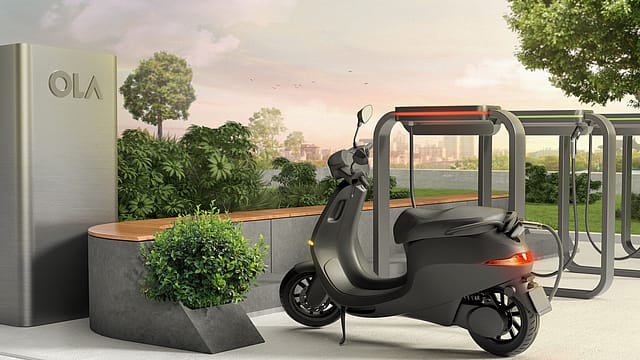Ola cuts 200 engineering jobs
ADVERTISEMENT

ANI Technologies, the parent of ride-hailing firm Ola and electric two-wheeler maker Ola Electric, on Monday said it has cut around 200 jobs across its engineering vertical as part of a major restructuring exercise.
The total number of employees who have been let go constitute around 10% of its engineering workforce. The SoftBank-backed company currently has around 2,000 engineers.
The cab aggregator said it is centralising operations and is undertaking a restructuring exercise to minimise redundancy and build a strong lateral structure that strengthens relevant roles and functions.
Ola said it aims to increase its engineering talent pool to 5,000 over the next 18 months. The company plans to hire 5,000 engineers as it doubles down on new engineering verticals and strengthens engineering capabilities across - vehicle, cell, battery, manufacturing, autonomous engineering streams.
The electric vehicle maker said it has been increasing its focus on non-software engineering domains with a clear focus on building engineering and R&D capabilities across - vehicle, cell, battery, manufacturing and automation, autonomous engineering streams and others.
With focus on being a vertically integrated mobility company, Ola is building on common capabilities and synergies across functions as it strengthens its play across two-wheelers, four-wheelers, cell R&D and manufacturing.
December 2025
The annual Fortune 500 India list, the definitive compendium of corporate performance, is out. This year, the cumulative revenue of the Fortune 500 India companies has breached $2 trillion for the first time. Plus, find out which are the Best B-schools in India.
Ola Electric had recently announced that it is reimagining Ola Futurefactory into an EV hub, which will create 1 million cars, 10 million two-wheelers and 100 GWh of cells a year in a single site. Ola Electric is among the three selected bidders that have signed agreements under Production Linked Incentive (PLI) scheme for Advanced Chemistry Cell (ACC) battery storage.
In July, the company announced an investment of $500 million for setting up its Battery Innovation Center (BIC) in Bangalore. This came after the Bhavish Aggarwal-led EV maker unveiled its first indigenously developed lithium-ion (Li-ion) cell, NMC 2170. Ola will begin the mass production of its homegrown cell at its upcoming Gigafactory by 2023.
To promote the faster adoption of electric vehicles in the country, the government approved a Production Linked Incentive (PLI) scheme for manufacturing of Advanced Chemistry Cell (ACC) in May 2021. This move was aimed at bringing down battery prices in the country. A drop in battery price will result in cost reduction of electric vehicles.
Electric vehicles are also covered under Production Linked Incentive (PLI) scheme for Automobile and Auto Components, which was approved on September 15, 2021 with a budgetary outlay of ₹25,938 crore for a period of five years.
To make EVs affordable, the government had earlier reduced GST on electric vehicles from 12% to 5%. GST on chargers and charging stations for electric vehicles was also cut from 18% to 5%. Battery-operated vehicles are given green licence plates and are exempted from permit requirements.
Meanwhile electric vehicle companies in India have come under the government radar after a series of fire incidents with e-scooter batteries. The government has urged electric vehicle makers to voluntarily recall all defective EVs.
